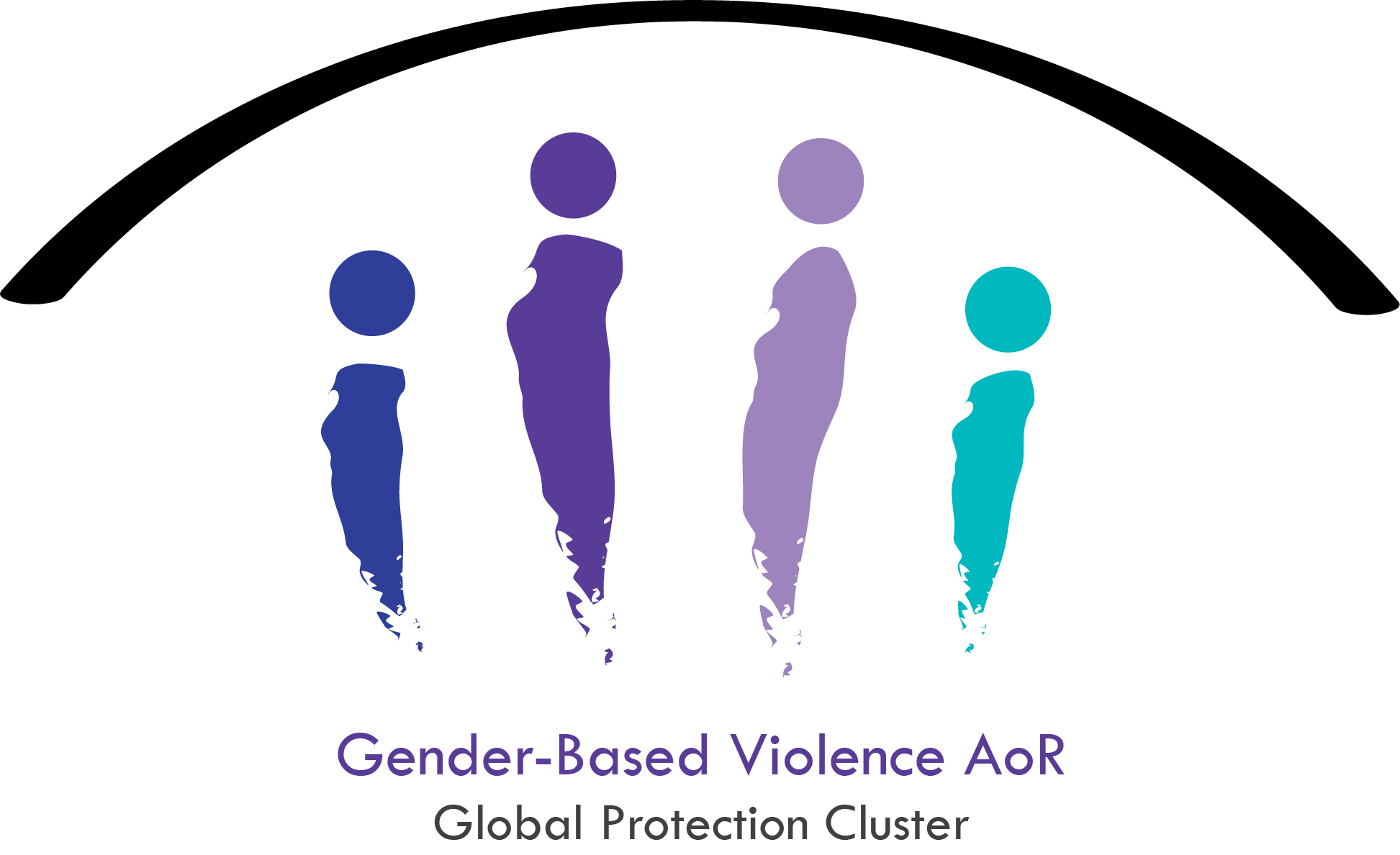Search Results for “”
Handbook for Coordinating Gender-Based Violence Interventions in Emergencies
23 Apr, 2019
This handbook is a quick-reference tool that provides practical, field-level guidance to establish and maintain a GBV sub-cluster in a humanitarian emergency. It provides the foundations for coordination.
Basic Needs Assessment Guidance and Toolbox (Part I)
08 Jul, 2019
The Basic Needs Assessment (BNA) is a multi-sector needs assessment approach that can be applied in both sudden onset and protracted emergencies, but that – in the present edition – has been piloted only in two protracted crises, namely in Borno State (North-East Nigeria) and in Fafan zone (Somali region of Ethiopia). The approach took inspiration from ECHO’s Basic Needs Framework for Integrated Response.
Humanitarian Programme Cycle Guidance - IASC 2015
03 Jul, 2019
IASC Reference Module for the Implementation of the Humanitarian Programme Cycle - July 201 (Version 2.0)
Guidelines for Integrating Gender-Based Violence Interventions in Humanitarian Action
23 Apr, 2019
These Guidelines provide practical guidance and effective tools for humanitarians and communities to coordinate, plan, implement, monitor and evaluate essential actions for the prevention and mitigation of gender-based violence, throughout all stages of humanitarian response—from preparedness to recovery.
Strengthening the quality of evidence in humanitarian evaluations - ALNAP 2017
10 Jul, 2019
ALNAP Discussion Series Improving the quality of EHA evidence Summary Method Note - May 2017 This paper builds on many of the concepts and ideas discussed in the ALNAP Study on the quality and use of evidence in humanitarian action (Knox-Clarke and Darcy, 2014), specifically focusing on evidence generated through evaluations. We draw on four Evaluation of Humanitarian Action (EHA) method notes that explore the evidential challenges confronting those who commission and carry out evaluation.
